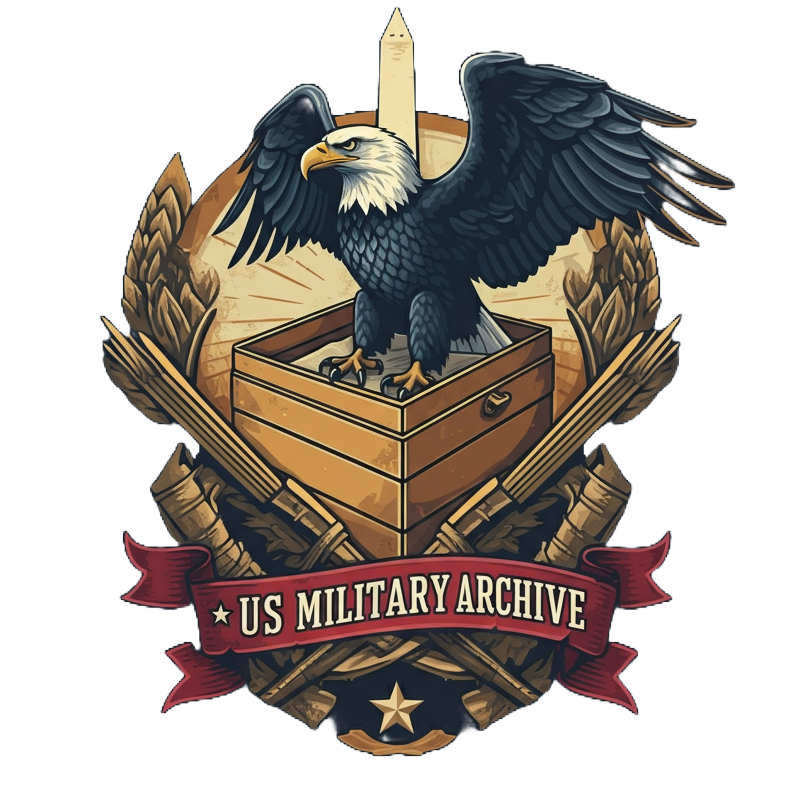Article Text
The U.S. Marine Corps: Logistical Prowess in the Post-Cold War Era
Since the dismantling of the Berlin Wall, the U.S. Marine Corps has undergone a profound transformation, adapting to a global security landscape no longer defined by the threat of large-scale conventional warfare between superpowers. This era witnessed a shift toward more complex, asymmetrical conflicts, demanding a fundamental change in operational doctrine and, crucially, logistical support. This article explores the logistical challenges and innovations that have shaped the Marine Corps in the post-cold-war era, highlighting the inter-service dynamics at play and the vital role of information warfare in ensuring operational success.
The end of the Cold War presented the Marine Corps with a new set of operational requirements. While the threat of a global, nuclear conflict receded, regional instability and the rise of non-state actors presented new and unpredictable challenges. The Marine Corps, with its inherent expeditionary nature and ability to rapidly deploy to global hotspots, required a logistical "tail" capable of supporting these diverse operations. This necessitated not only the modernization of equipment and infrastructure but also a shift in logistical thinking, embracing agility and adaptability.
- Evolution of Amphibious Assault Ships: Amphibious assault ships remain the cornerstone of Marine Corps power projection. In the post-cold-war era, these vessels have evolved into highly sophisticated platforms capable of supporting a wider range of operations than ever before. The introduction of the Wasp-class and America-class amphibious assault ships brought significant improvements in aviation capabilities, enhancing operational flexibility and reach. These ships serve as mobile bases, providing comprehensive logistical support for embarked Marines, including supplies, equipment, maintenance facilities, and medical care.
- Prepositioning and Strategic Stockpiles: Rapid deployment is a defining characteristic of the Marine Corps. The Maritime Prepositioning Force (MPF) program, established during the Cold War but refined in the subsequent decades, strategically positions ships pre-loaded with equipment and supplies in key locations around the globe. These prepositioned war stocks allow the Marine Corps to rapidly deploy forces without the logistical burden of transporting heavy equipment from the continental U.S., significantly reducing response times in crisis situations. This forward-deployed posture is crucial for timely intervention and disaster relief.
- The Information Age and Logistical Transformation: The post-cold-war era coincided with the rise of information technology, which has profoundly impacted military logistics. The Marine Corps embraced these advancements, implementing real-time tracking systems for supplies and personnel. This enhanced visibility allows for more effective resource management, improved efficiency in the supply chain, and faster deployment of essential supplies to forward-deployed units. Critically, these systems enable the Marine Corps to better anticipate and adapt to the fluid nature of modern battlefields, ensuring that critical supplies reach the right place at the right time.
Inter-Service Dynamics and the Importance of Cooperation: Logistical operations often involve complex interactions between different branches of the U.S. military. The Marine Corps relies heavily on the Navy for transportation and logistical support, particularly in amphibious operations, while also collaborating with the Army and Air Force for specific capabilities such as airlift and land-based logistics. This inter-service cooperation is essential for the success of joint operations, demanding effective communication and coordination. While inter-service rivalries and competition for resources can sometimes complicate these interactions, the Marine Corps strives to maintain a balance between cooperation and the maintenance of its unique expeditionary capabilities.
Information Warfare: Securing the Logistical Lines: Information warfare has become an increasingly critical aspect of modern military operations. The Marine Corps recognizes the importance of information dominance in achieving logistical success. Advancements in information technology and communication have transformed logistical planning and execution. Real-time data analysis, secure communication networks, and advanced modeling tools allow for more efficient and responsive logistical operations. The Marine Corps leverages these capabilities to improve situational awareness, enhance decision-making, and streamline the flow of supplies and personnel, protecting these vital functions from disruption.
Multi-Domain Operations and the Emergence of the Space Force: The establishment of the Space Force has added a new dimension to military operations, expanding the battlespace into the space domain. The Marine Corps recognizes the strategic importance of integrating space-based capabilities into its multi-domain operations. This includes leveraging space-based assets for communication, navigation, and intelligence gathering, which directly impacts logistical planning and execution. The Space Force and the Marine Corps collaborate to ensure seamless integration of space-based assets, enhancing the effectiveness of logistical support and overall operational success.
Modernization, Hybrid Warfare, and Budgetary Pressures: The post-cold-war era has been a period of ongoing modernization within the U.S. military. The Marine Corps has continuously sought to upgrade its equipment, infrastructure, and training to maintain its operational edge in an increasingly complex and technologically advanced world. The changing nature of warfare, including the rise of hybrid warfare, which blends conventional and irregular tactics, has further influenced these modernization efforts. Budgetary pressures on military spending have presented challenges, requiring the Marine Corps to prioritize investments and find innovative solutions to maintain and enhance its logistical capabilities.
Conclusion: The post-cold-war era has presented significant logistical challenges for the U.S. Marine Corps. Through continuous adaptation, innovation, and inter-service cooperation, the Marine Corps has successfully modernized its logistical capabilities to meet the demands of a rapidly changing world. The integration of information technology, the rise of multi-domain operations, and the emergence of the Space Force have profoundly transformed the logistical landscape. The Marine Corps remains steadfastly committed to maintaining its expeditionary nature and its ability to rapidly respond to global crises, ensuring its role as a premier fighting force in the 21st century and beyond.
Files
There are no files available.

